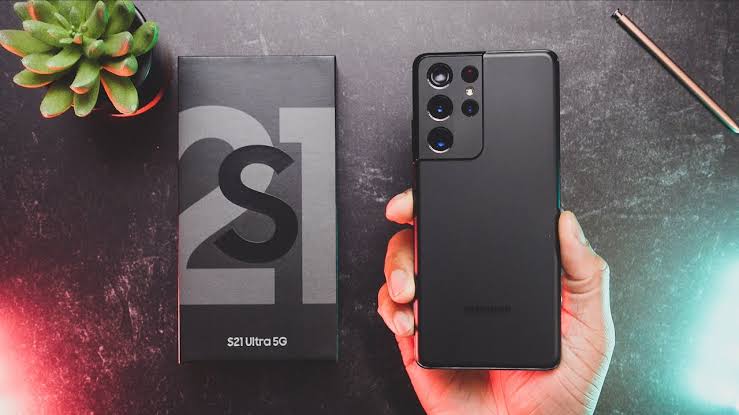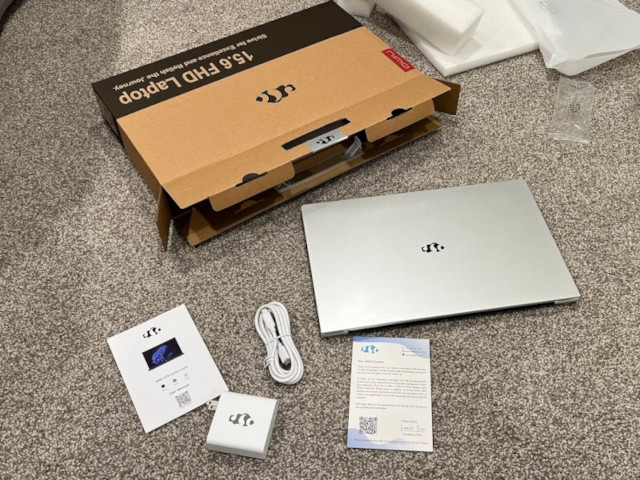Unboxing and reviewing popular smartphones is now an important part of how people choose their devices. As of July 2025, the smartphone market is changing fast, with new hardware, AI features, and better focus on the environment. Many buyers look at reviews before spending a lot on tech. A clear and honest unboxing and review helps people understand how the phone works, how easy it is to use, and if it is worth the price. This article looks closely at some of the most popular smartphones released in 2025, showing what users can expect when they open the box, how the phones perform in daily use, and if they meet their high ratings.
Unboxing Experience: Presentation Still Matters
One of the first things consumers notice is the packaging, and in 2025, smartphone brands continue to prioritize aesthetics and eco-conscious packaging. Companies like Apple, Samsung, and Google have embraced minimalist, recyclable materials that reduce environmental waste without compromising on elegance.
When unboxing the Apple iPhone 17 Pro, for instance, users are greeted with sleek white packaging, a neatly arranged device, and minimal accessories. Apple still omits the power adapter, encouraging users to reuse old ones or switch to MagSafe charging. However, the premium look and feel of the device itself—polished titanium edges and a matte ceramic back—still deliver the high-end experience Apple fans expect.
Samsung’s Galaxy S25 Ultra offers a similarly satisfying unboxing. The box is compact and includes a USB-C cable, SIM ejector tool, and documentation, but no charger. The device sits snugly in protective film, and the initial visual impact is stunning, especially with its curved display and textured glass finish. While the accessories are limited, the focus on presentation still plays a vital role in building user excitement.
Google’s Pixel 9 Pro Max takes a slightly different route, emphasizing sustainability. The phone arrives in a 100% recycled cardboard box, and everything from the cable to the documentation is biodegradable. Though simple, the eco-friendly approach adds a unique appeal that reflects the brand’s broader mission of reducing its carbon footprint.
Build Quality and Design Innovations
Once the device is in hand, build quality becomes a major talking point. In 2025, manufacturers are pushing boundaries with new materials, thinner bezels, and more durable designs to enhance everyday usability and durability.
The iPhone 17 Pro, for instance, features a titanium-aluminum alloy frame that significantly improves structural integrity without adding bulk. The new edge-to-edge MicroLED display offers sharper visuals and improved color accuracy, making it ideal for content creators and mobile gamers alike. The back panel now resists fingerprints and minor scratches better than previous models, enhancing longevity.
Samsung has taken things a step further with the Galaxy S25 Ultra. The phone boasts Gorilla Armor Glass 3, which provides unmatched resistance to drops and scratches. Its quad-curve display design, although controversial for some due to accidental touches, creates a seamless and immersive feel. The tactile feedback of the physical buttons is satisfying, and the S-Pen, now magnetically attached to the side, adds to the device’s utility for professionals and digital artists.
On the other hand, Google’s Pixel 9 Pro Max retains a more utilitarian design but impresses with its soft-textured back and refined aluminum frame. It’s slightly lighter than its predecessors, offering a comfortable grip. The camera bump has been integrated into the frame, reducing wobble when placed on flat surfaces. Google’s design choices emphasize simplicity, but they come with a premium touch that doesn’t go unnoticed.
Display Quality and Visual Experience
In 2025, display technology has become a primary battleground for flagship smartphones. Refresh rates, brightness, color depth, and eye protection features are critical for daily performance, especially as users spend hours on their screens.
The iPhone 17 Pro’s MicroLED panel is easily one of the most advanced displays in the market. With a 1Hz–144Hz adaptive refresh rate, it balances battery efficiency and smooth visuals seamlessly. The display reaches 2,200 nits in peak brightness, offering outstanding clarity even in direct sunlight. Watching HDR10+ content on this screen is an absolute joy.
Samsung’s Galaxy S25 Ultra, however, remains the industry leader in display technology. Its 6.9-inch Dynamic AMOLED 3X screen supports a 165Hz refresh rate and 4K resolution. The color accuracy is exceptional, and the sunlight legibility is unmatched. Samsung also introduces AI-driven screen adjustments, where brightness, contrast, and refresh rate adapt not just to ambient light but also to what type of content is being consumed.
Google’s Pixel 9 Pro Max sports a 6.7-inch LTPO OLED panel with a 144Hz refresh rate. While not as vivid as Samsung’s screen, it excels in natural color representation and uses Google’s AI to enhance visibility for reading and web browsing. The new “Focus Mode” dims distracting UI elements while reading, reducing eye fatigue—an innovative feature for students and professionals.
Camera Systems: Photography Reimagined
Smartphone photography remains a top concern for many users, and 2025 has seen remarkable advancements in mobile camera systems. From advanced periscope zooms to AI-based scene detection, the competition is fierce.
The iPhone 17 Pro now includes a quad-camera setup with a new 1-inch sensor on its main lens, allowing more light capture and clearer night photography. The improved LiDAR scanner enhances depth detection, making portrait shots more realistic. Apple’s new AI-Photonic Engine helps balance dynamic range, resulting in vivid yet natural-looking photos. Video shooting in 8K at 60fps with real-time stabilization is another standout.
Samsung’s Galaxy S25 Ultra continues its legacy as a powerhouse in mobile photography. With a 200MP main sensor, 10x optical zoom, and 100x digital zoom, it offers versatility that rivals professional cameras. Samsung has refined its AI post-processing to reduce oversaturation while maintaining crisp detail. The advanced Nightography mode now integrates thermal imaging for better performance in extreme lighting conditions.
Google’s Pixel 9 Pro Max is no slouch either. With its triple-lens system powered by Tensor G4’s real-time AI processing, it delivers stunning images, especially in challenging light. The Magic Eraser and Cinematic Blur tools have been upgraded, and the new “Voice-Activated Shutter” allows for hands-free photography. While it may not match Samsung in raw zoom, the Pixel shines in smart image optimization and intuitive shooting modes.
Battery Life and Charging Speeds
Battery performance has become a key metric for everyday usability. The new smartphones in 2025 are more power-efficient but also need to support high-performance features that drain energy quickly.
The iPhone 17 Pro introduces a new stacked battery cell design, extending battery life to nearly 30 hours on mixed usage. With the new 40W MagSafe wireless charging and 60W wired option, the device charges from 0 to 100% in under 50 minutes, a huge leap for Apple.
Samsung’s Galaxy S25 Ultra features a 5,800mAh battery, supporting 80W super-fast wired charging and 45W wireless charging. Users can get 50% charge in just 15 minutes. Additionally, AI-based battery optimization adjusts power usage based on user habits, extending screen-on time without noticeable performance drops.
The Pixel 9 Pro Max takes a different approach, using adaptive charging that preserves battery health over time. While its 5,000mAh battery supports 66W wired charging, its unique power-saving modes and minimalistic UI give it excellent longevity—often lasting more than 36 hours under standard use.
Conclusion: Which One Stands Out in 2025?
Each of the top-rated smartphones in 2025 brings its own strengths to the table. The iPhone 17 Pro excels in design and video capabilities, Samsung’s Galaxy S25 Ultra remains the king of display and photography, while Google’s Pixel 9 Pro Max offers AI-driven efficiency and unmatched software features.
Choosing the best phone depends largely on personal preferences and use cases. For creatives and videographers, the iPhone may be ideal. For power users and tech enthusiasts, the Samsung flagship delivers unbeatable versatility. For students, professionals, and everyday users seeking a smarter experience, the Pixel stands out with simplicity and intelligence.
Unboxing and reviewing these devices in detail reveals how far mobile technology has come. As of July 2025, the smartphone market continues to push the envelope—delivering innovations that blur the line between phones and full computing systems, all while striving to be more sustainable, intuitive, and user-focused.



